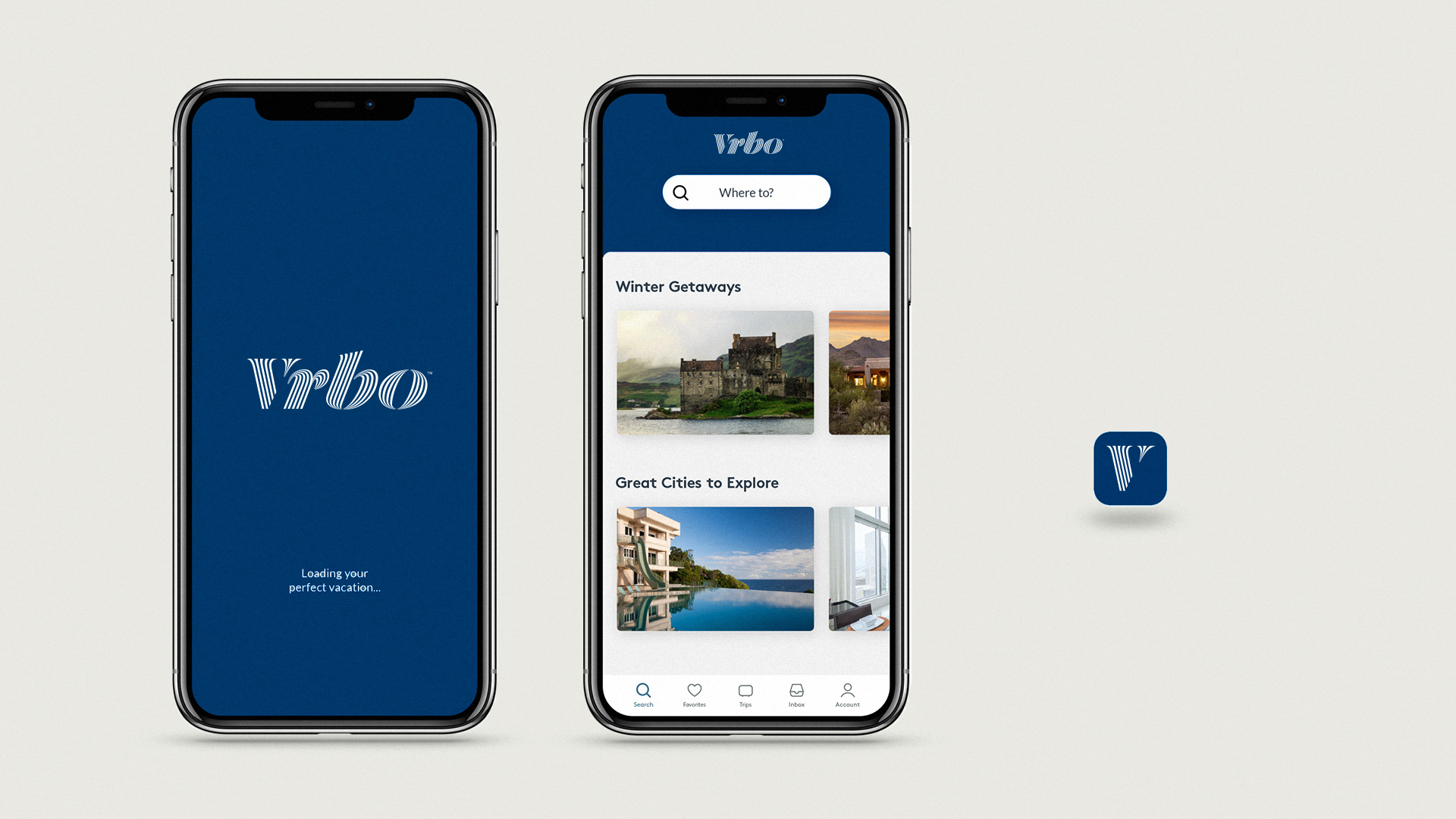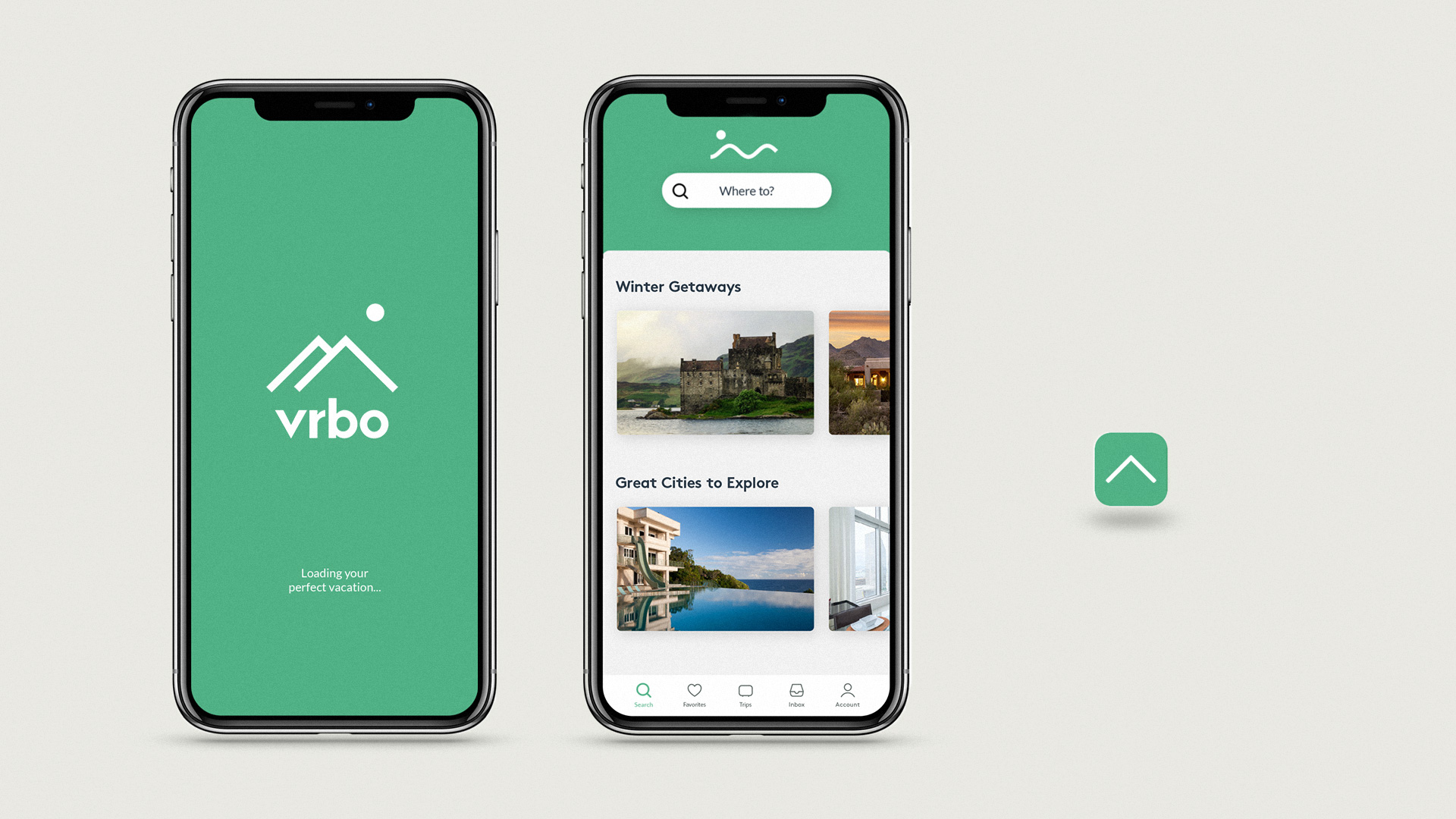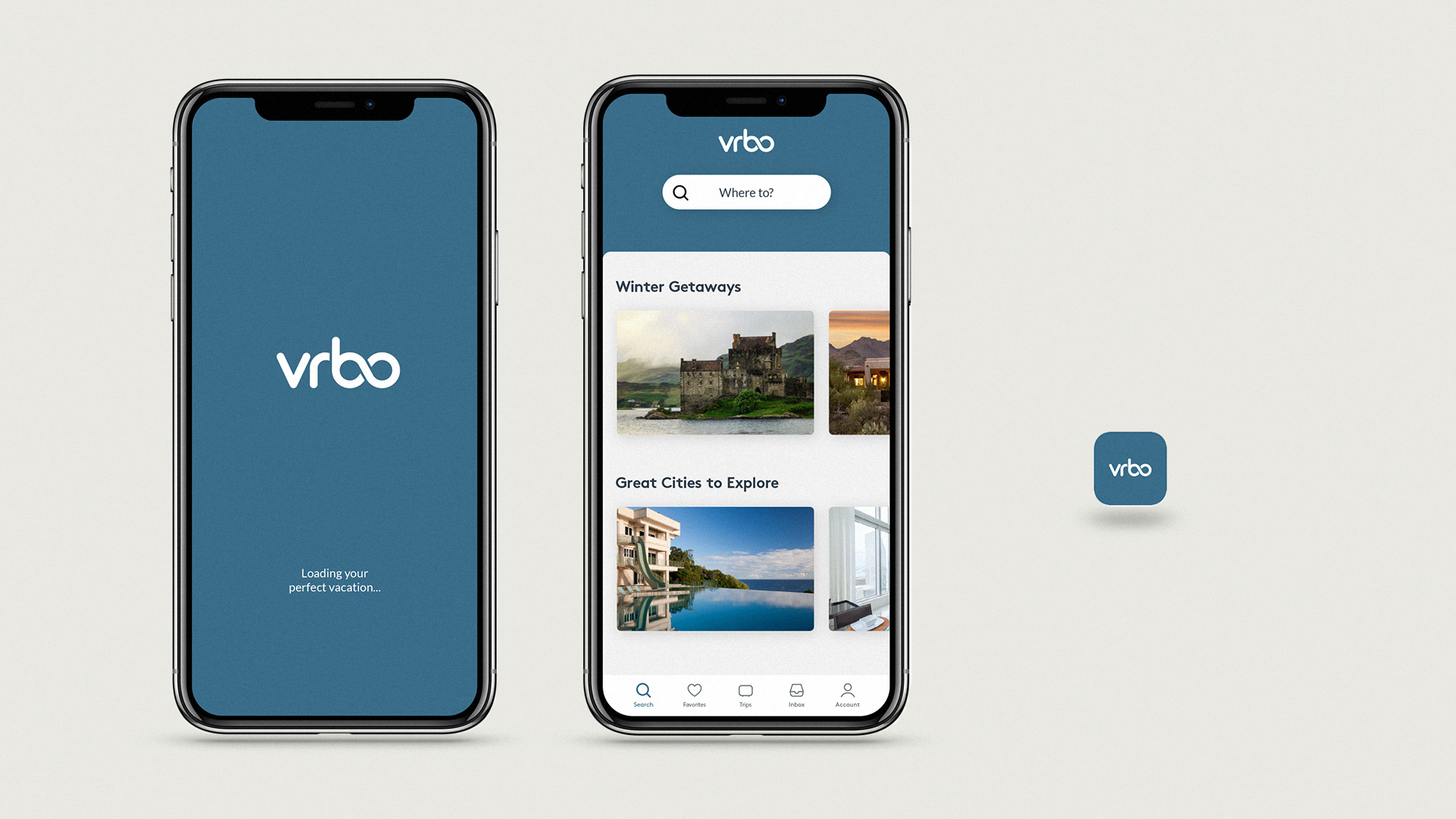Vrbo
Defining a brand that is struggling in a market it created.
Project Information
In 1995, VRBO changed the way we vacation. It was the first online platform to enable vacation rentals, allowing users to browse and book properties that were managed by individual owners. It was a ground-breaking tool that saved money, allowed for flexibility, and launched a new market connecting homeowners with travelers looking for a place to stay on vacation.
The Problem
VRBO (HomeAway), has struggled for years to define itself in a market it essentially created. It never quite developed past it's function: a tool built on whole home inventory and company aquisition.
Our goal was a difficult one: Define, and root VRBO's brand in an industry they created, but where the biggest competition was becoming the generic trademark. (you know who I'm talking airbout)
The Name
First we looked to the name. In the beginning, the acronym “Vacation Rental By Owner” made sense. It clearly stated what we do (Vacation Rentals), and those two words (By Owner) put real people at the forefront of a new, disruptive industry. The industry has changed though, and so had we. Whole home inventory meant more than just vacation rentals, and with the addition of property managers, our properties weren't solely supported by their owners. This led us to what may seem like a small shift but would in reality be our biggest obstacle as a brand: keep the name, drop the acronym.
Vrbo (ver-bō) was simple, and easier to pronounce for the growing global traveler and homeowner base. Not to mention, it allowed them to grow out of those four words. They weren't just vacation rentals. They were short stays for business trips. Long-term rentals to scope out a potential move for your family. Weekend trips to break up the monotony of your every day.
The Brand
During this process we immersed ourselves in consumer research, from massive quantitative surveys to crafting sessions using play-doh and legos all in search of what makes the vacationing experience so special to our audience. Though the specific motives for vacationing were different from person to person, one thing remained a constant: connection. And I don't mean through a wifi hotspot. Real, human connection - whether that be to your friends, family, nature, or yourself, vacationing was about fixing the connection that everyday life wears away.
With our in-house design team, a handful of talented freelance designers, and a partnership with the local design studio FÖDA, we sought to encapsulate this universal feeling of connection.
This year-long project was a huge undertaking for the team, and there were so many involved, that it feels a disservice to distill this case study to one mark and it's applications. Below are a few marks and applications that floated to the top of our internal pile (including the final). There's plenty more to this project than what's showcased here so feel free to reach out if you're interested.
THE IDEA
Look to the behavior of TV before DVR, and launch a weekly show. School of Guac, led by our host–Hallie Peño, was our take on an after-school special meets variety program meets satirical news program. Our audience: HS and college kids craving some mid-afternoon Chipotle.
THE EXECUTION
The premiere season of School of Guac ran for 11 episodes, including a Halloween special, on-the-ground Election Day coverage, and other cultural milestones, such as Thanksgiving and Cyber Monday. Each episode was teased and promoted on our other social channels with trailers, cutdowns and even re-runs.
Credits
Agency - In-house
Client - Vrbo
Role - Design Direction, Creative Direction
ACD + Copy Lead - Neil Petty
Designer - Simon Walker
Designer - Sean Bueche
Designer - Danny Parker
Copywriter - Anjli Mehta
Project Manager - Stephanie Lenk
VP of Design - Jeff Williams
Senior Director UX/UI Design - Colin Grigson
Design Studio - FÖDA
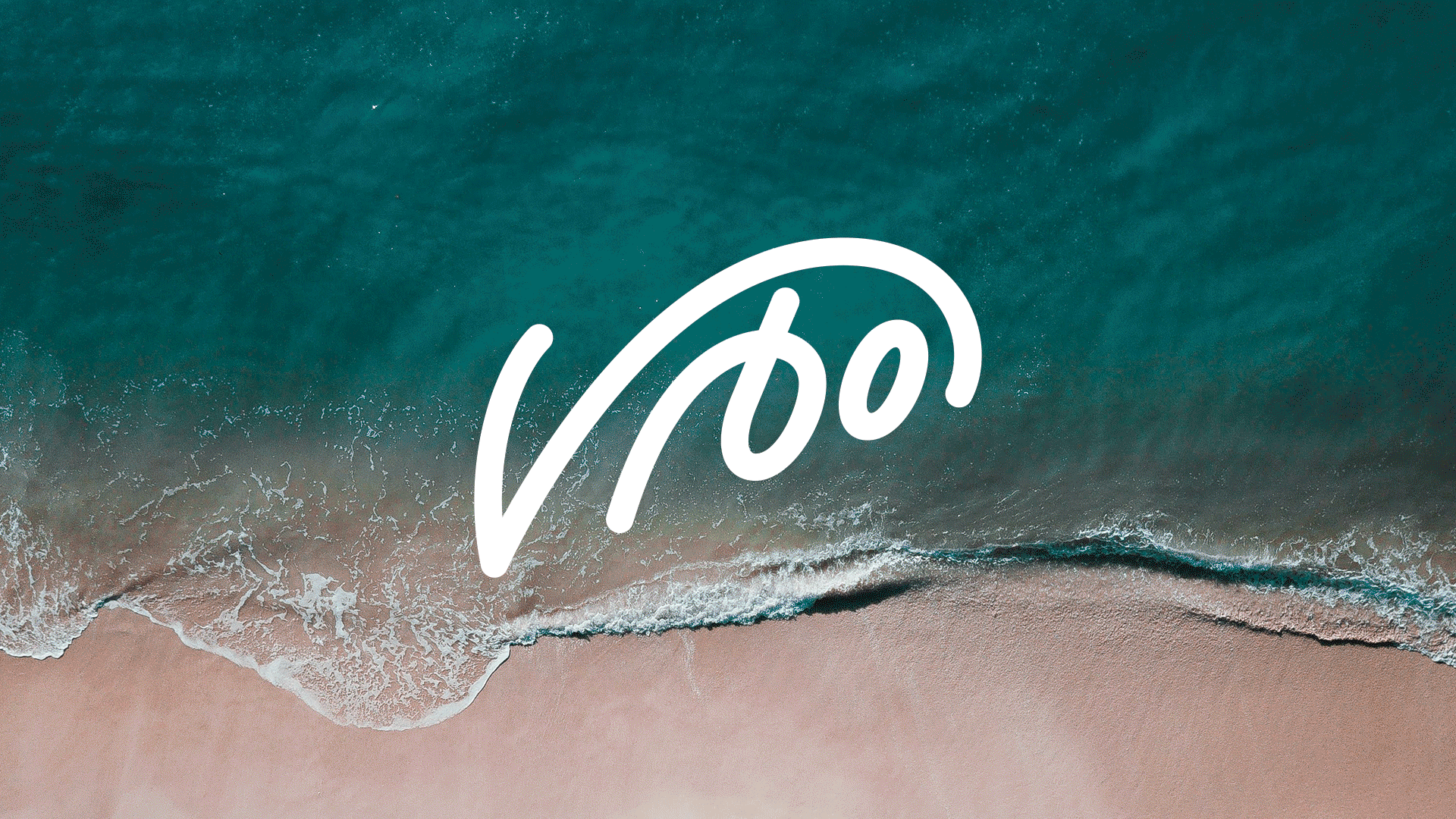


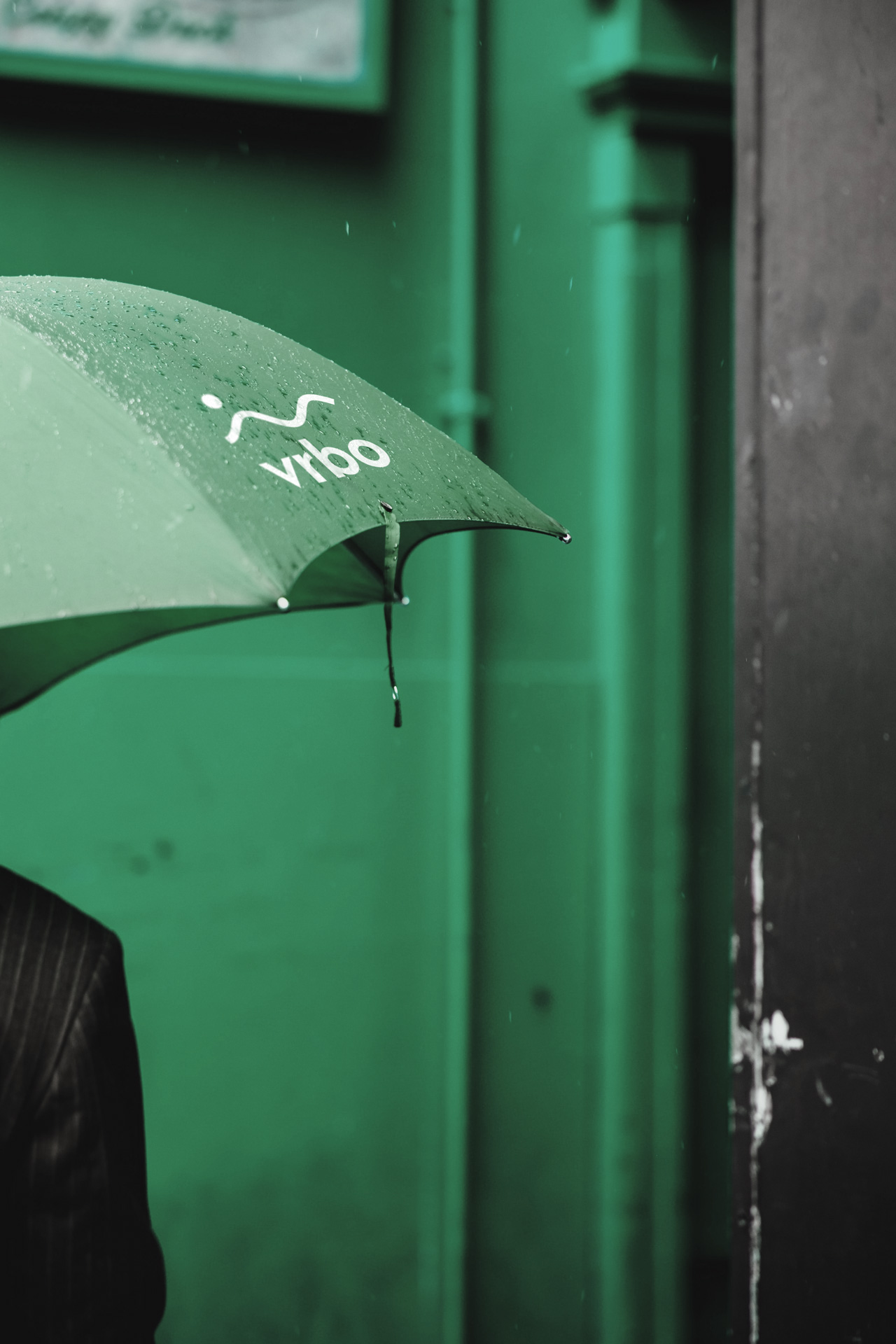
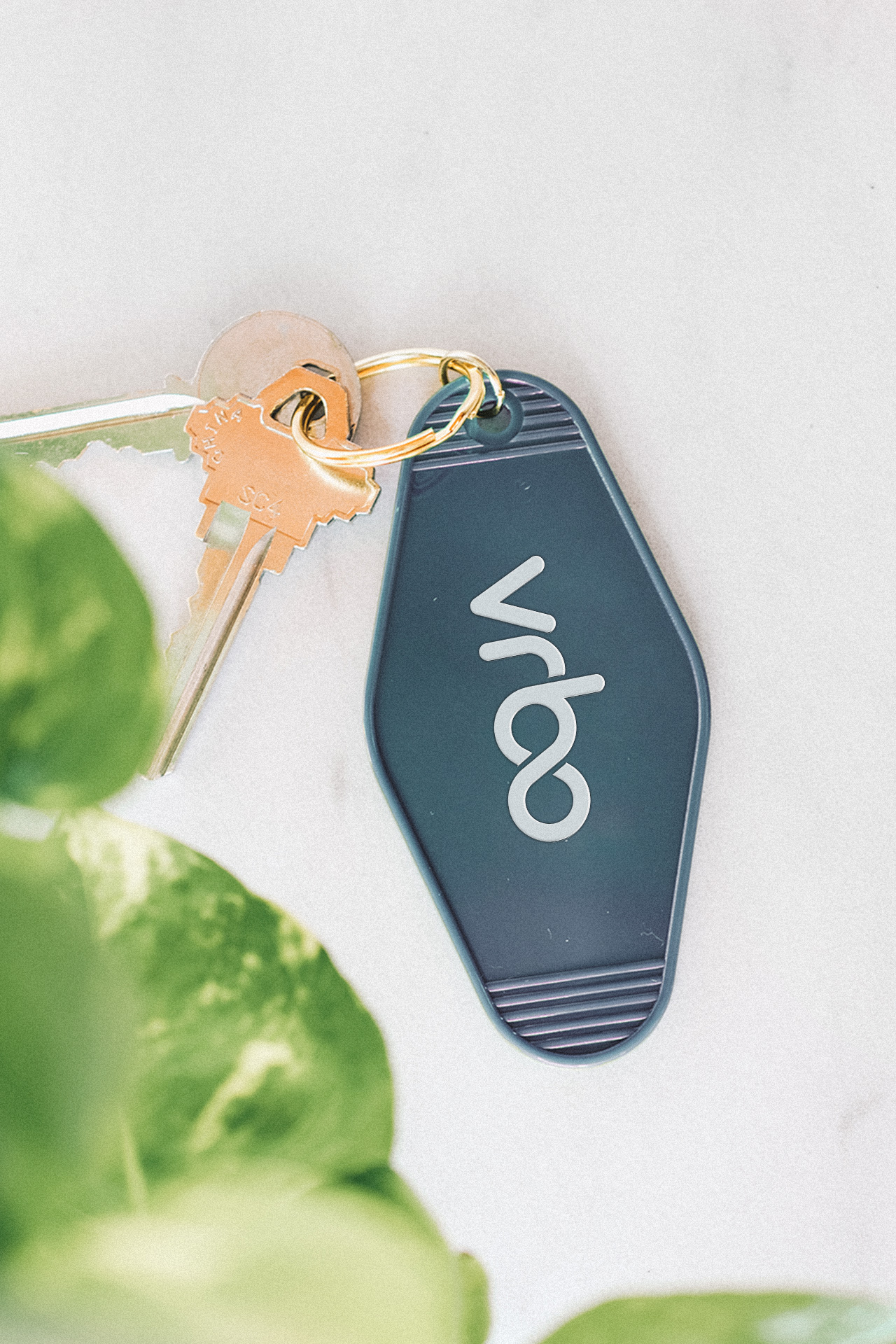
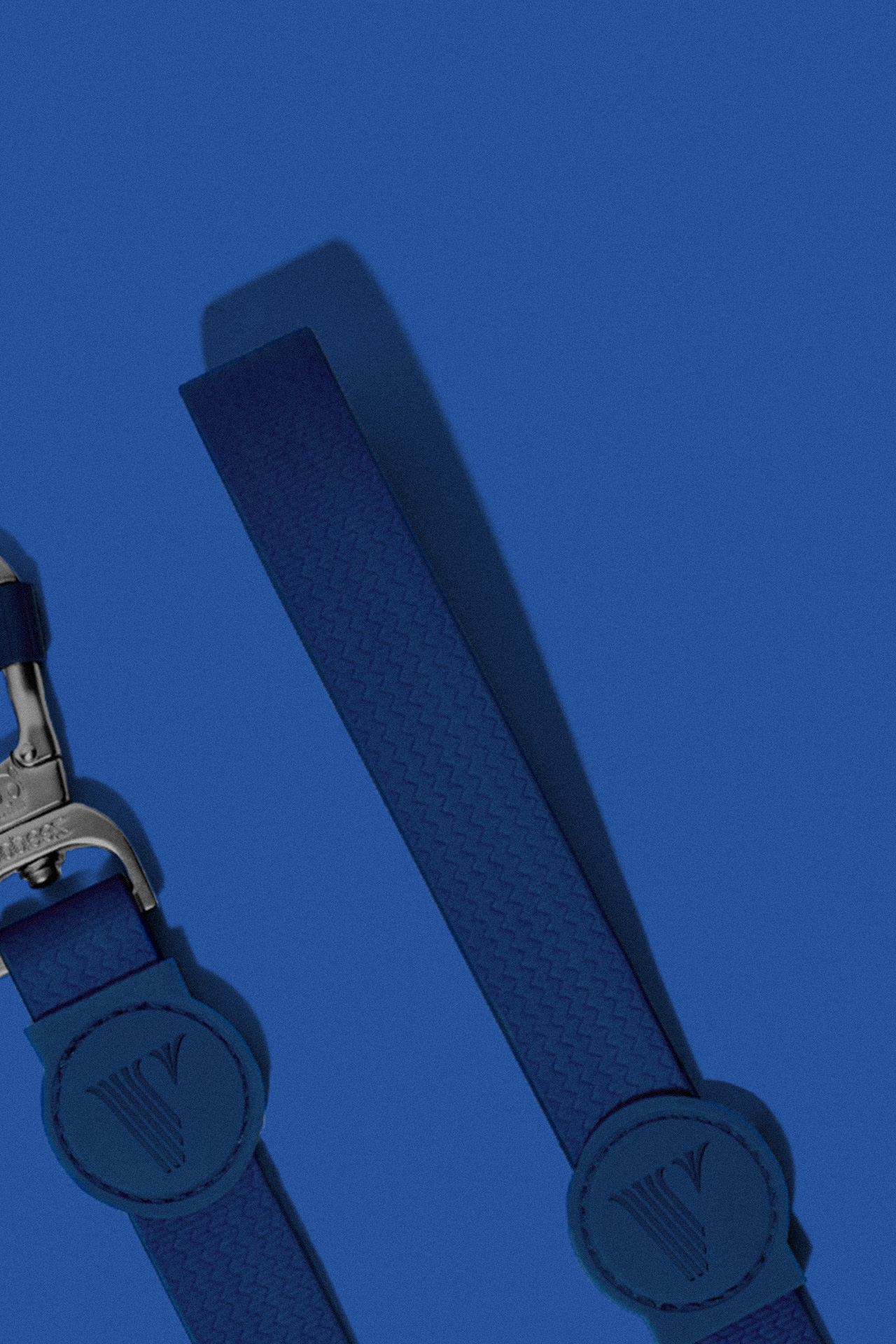
PREV
NEXT
